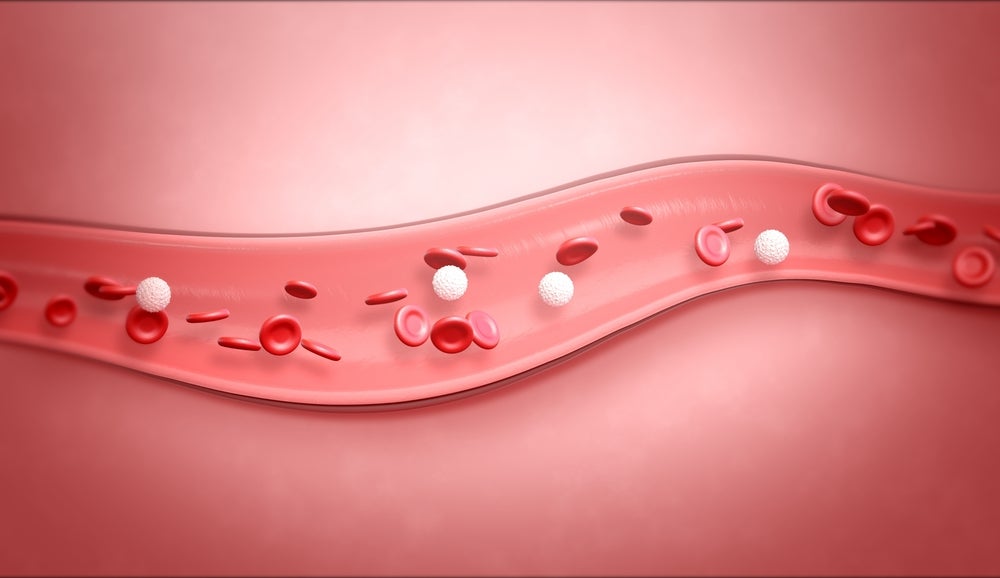The pharmaceutical and biotechnology industry has been marked by a series of almost miraculous success and sensational failures. Thalidomide, with its horrendous birth defects, the overhyped Cox Inhibitors causing deaths, and the recently highly publicized price gauging on orphan drugs, all quickly hit the headlines and paint a picture of an irresponsible and unresponsive industry. The drug discovery sector does learn from its mistakes, however; it changes when the science behind drugs is lacking, and it adapts to its changing environment so the results can be of significant social benefit. Cardiovascular disease, viral infections and even cancer have all been changed by these developments. So what is the latest adaptation? Why will it be needed? Will it be scientifically and economically viable or will it add to the stress of the industry?
The pharmaceutical and biotechnology industry would die without changes but the optics of change is not always clear. The old steadfast drug areas for the pharmaceutical industry, where small molecules were being developed and marketedon a regular basis,are no longer wanted. People and the regulatory agencies are no longer tolerant to drug side effects unless there is real benefit. The risk of death, the risk of a decrease in the quality of lifestyle and the risk of drug failure is not socially or politically acceptable anymore unless it’s for treatments that didn’t exist before. Thus the rate of failures, of what were once acceptable drugs in development, is dramatically increasing. This is stressing the industry and driving the price of drugs from being affordable to one where life savings are gone. The patients are unhappy, the investors who once saw the pharmaceutical industry as a highly profitable and safe industry are witnessing multiple mega-mergers for the companies to survive, and the politicians are tweeting their disgust at Drug Companies’ greed.
Are these recent changes insoluble, can changes be made for the industry to survive, can patients still benefit from new and ever increasingly sophisticated drug design and why will clinical supply becomea critical factor in this new era? To fix a problem you have to understand the problem.
The number and type of drug approved. In the 1990’s the number of new chemical entities (NCE) approved by the FDA reached over 50 per year but fell to fewer than 20 in 2002. This downturn was widely scrutinized by many as the era of "me toos" appeared to be coming to an end. Only drugs with significantly increased benefit coupled with a reduced safetyrisk or drugs for therapeutically new areas were advancing through the regulatory process. This caused a temporary dip in NCE approvals but the number of approvals is back to the numbers seen in the 90’s.However, the mix of drugs approved has changed; many of the new drugs are now for orphan indications. These orphans are research intensive with smaller market sizes but the standards for drug quality is not reduced. Approvals though can be very fast. For instance, approval for lung cancer drugs, are often under three years in the US.
The failure rate of drug discovery. Many new chemical entities are put into clinical development, but few survive. As few as 5-8% of chemical entities that are put into phase 1 studies ever make it to the market. There are many causes from poor drug properties to a lack of efficacy. It is also felt that there is a poor understanding of the people in fundamental drug discovery to what is wanted by the clinicians.
See Also:
Drugs are failing expensive Phase III general population clinical trials. In the 1990s a vast majority of drugs that went into the extremely expensive general population studies were approved. However, in the early 2000s most were rejected. Compounds were being put into these studies without fully understanding the benefit and regulatory risks. Failure at this stage is hugely expensive.
How well do you really know your competitors?
Access the most comprehensive Company Profiles on the market, powered by GlobalData. Save hours of research. Gain competitive edge.

Thank you!
Your download email will arrive shortly
Not ready to buy yet? Download a free sample
We are confident about the unique quality of our Company Profiles. However, we want you to make the most beneficial decision for your business, so we offer a free sample that you can download by submitting the below form
By GlobalDataThe cost of Research and Development of a new drug is mushrooming.The industry has heavily invested in expensive discovery and development techniques. Without these new techniques, the failure rate of drugs would be much higher but it still adds to the cost of a drug. What’s more, the industry has massively increased investment in drug discovery research hoping to get a proportional increase in new drugs. This has not worked. The problems of drug discovery are complex and far-reaching in their nature. There has been a lack of fundamental new research and throwing money at poorly validated targets or at molecules with poor drug like properties ends up being almost futile.
Drugs are becoming difficult to afford. Drugs used to be one of the most effective forms in the health care industry. NCE failure and high costs are changing this. Drugs can now cost a person’s entire life savings to give only months of benefit.
So what are possible solutions to these limitations? What is the future of drug industry and why is supply a possible confounding factor?
- Increase funding of fundamental new research. The funding of basic academic research has reduced in the Western World. The pharmaceutical often draws on new science to solve its problems and it needs a broad spectrum of fundamental research to do this. With a continued lack of funding the industry is faced with risky and expensive problem solving.
- Be careful what you put in the clinic. Is that dream molecule you are about to put in the clinic really going to work? The decision to put a molecule in the clinic is subjective even though there is a lot of science behind it. Will it survive the clinical process, and will it benefit people?
- Check its drugability early. The largest failure of drugs in the clinic is poor Pharmacokinetic (PK) properties. Will a Phase 0 trial, with a small dose in humans looking at PK, be beneficial? It is expensive and will slow the initial development but it may save vast sums of money on a molecule that simply won’t have the right properties in humans.
- Better animal models. Animal models are infamously unreliable in predicting human behavior. Everyone will benefit from better models of human disease.
- Fast Track approvals. The regulators understand long regulatory approvals drive up the price of drugs and deny patients during this process the benefits of new drugs. Fast Track approval can be significantly beneficial to the patients and the drug company with a more economic approval process.
- The role of clinical supplies. Clinical supplies are increasingly complex. The drug itself can be very complex to manufacture, often using nontraditional methods. Drug delivery technology has been developed to overcome a drug’s poor properties. These techniques are expensive and slow to manufacture. Diagnostic kits are often needed to support the drug. All of these add up to an almost guaranteed bottle neck in a speedy clinical trial.
Fast Track Approvals are hugely beneficial and should be considered early. However, to overcome the risk of clinical trial supplies becoming the determining factor in the speed of a Fast Track trial, development work needs to be done before and not as so often, during the trial. An early and more extensive supply development will slow entry into the clinic but will give a faster track once in the clinic. Thus, a slower start to a trial could mean a faster regulatory approval in the end.






